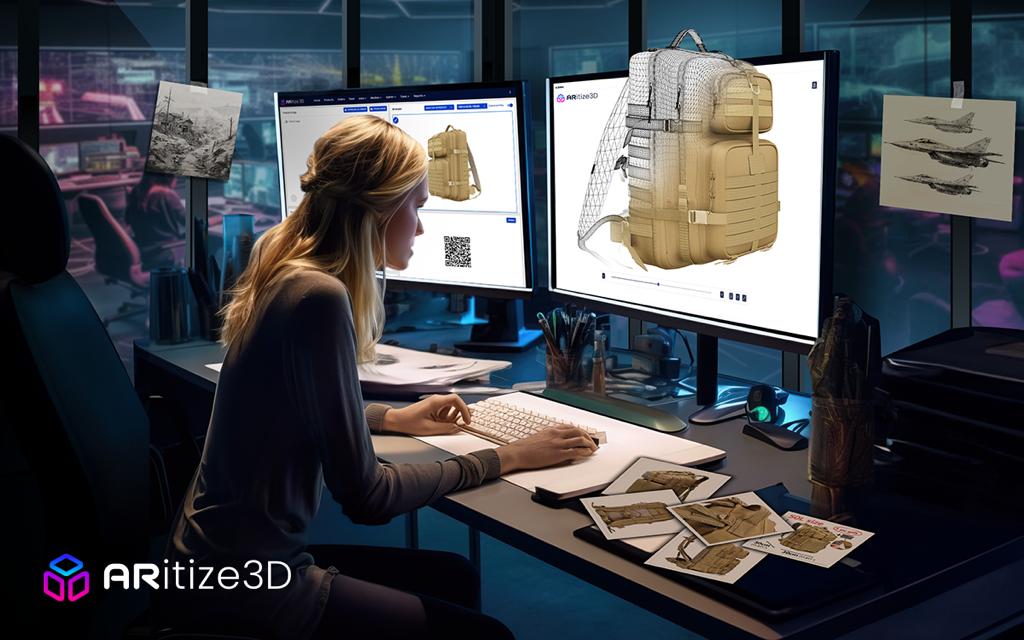G3D models are a pivotal element in the realm of digital graphics, widely used in industries such as gaming, virtual reality (VR), augmented reality (AR), architecture, and healthcare. These models represent three-dimensional objects or environments created through the use of specialized computer graphics software. As the digital landscape evolves, G3D models are becoming increasingly important in creating immersive, interactive, and visually rich experiences. The creation and implementation of these models are fundamental to how digital content is presented and interacted with across various platforms.

Creating a G3D Models begins with the definition of its geometry, which forms the structure of the model. Geometry is often created using polygons—flat, multi-sided shapes—that are combined to form a 3D object. The arrangement of these polygons creates a mesh, the basic foundation of the model. Once the geometric structure is established, textures are applied to provide a more lifelike appearance, simulating materials such as wood, metal, or skin. These textures help define the surface details of the model, making it appear more tangible and realistic. The next step in the process involves the application of lighting and shading, which helps to integrate the model into its environment and gives it depth, allowing it to interact with its surroundings convincingly.
The gaming industry has been one of the largest beneficiaries of G3D models. Video games rely heavily on 3D models to create environments, characters, and objects that players interact with. The quality of these models significantly impacts the visual experience of the game. Highly detailed character models, for example, might include textures that simulate skin, hair, and clothing, while the environment models could represent realistic landscapes or imaginative, fantastical worlds. The design of these models must strike a balance between detail and performance, as more intricate models require more processing power, which can affect the game’s speed and responsiveness. As gaming technology advances, the complexity and realism of G3D models continue to improve, offering players ever more immersive worlds to explore.
In addition to gaming, G3D models are essential in virtual reality (VR) and augmented reality (AR) applications. VR immerses users in entirely digital worlds where they can interact with objects and environments, while AR overlays virtual elements onto the real world, enhancing real-world experiences with digital content. Both VR and AR depend on high-quality, responsive 3D models to deliver seamless interactions. Whether a user is navigating through a virtual space or interacting with a digital object in the real world, G3D models must be highly detailed and accurate to maintain immersion and provide a realistic experience.
Architecture is another field where G3D models play an important role. Architects use 3D modeling to visualize buildings and other structures before construction begins. These models help architects make design decisions, visualize different configurations, and present their ideas to clients. They allow for virtual walkthroughs of buildings, enabling clients to experience the space before any physical construction takes place. This technology streamlines the design process, reduces errors, and enhances communication between architects, clients, and construction teams.
Healthcare also benefits from the use of G3D models, particularly in surgical planning and medical education. Surgeons can use 3D models of organs, bones, or tissues to plan surgeries, ensuring that they are prepared for the procedure and can navigate complex anatomy. Additionally, 3D models are used to create customized medical devices such as prosthetics or implants, improving the accuracy of treatments and enhancing patient outcomes.
As technology continues to evolve, G3D models are becoming more advanced, with improved rendering techniques, more efficient modeling tools, and increasingly powerful hardware. These advancements open new possibilities for industries that rely on 3D graphics, making it possible to create even more detailed and realistic models for an array of applications. From gaming to healthcare, the use of G3D models will continue to drive innovation and offer new ways to interact with and experience the digital world.

